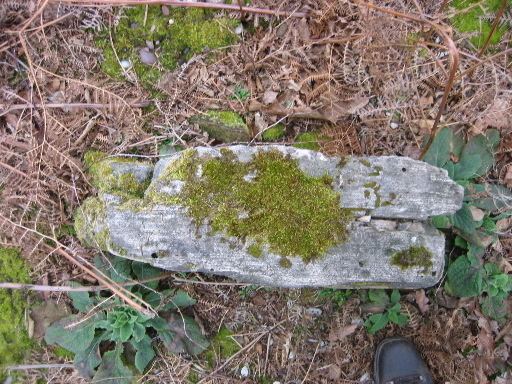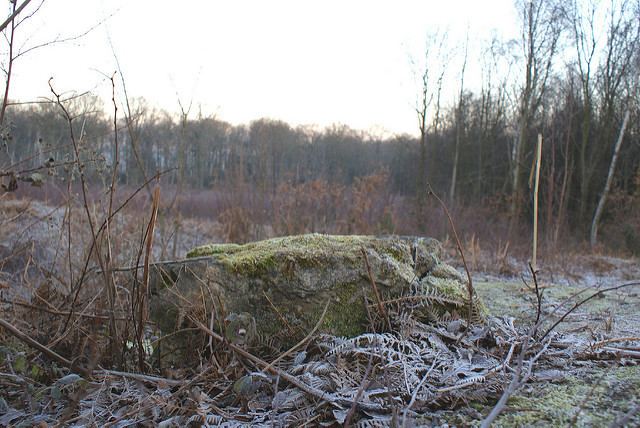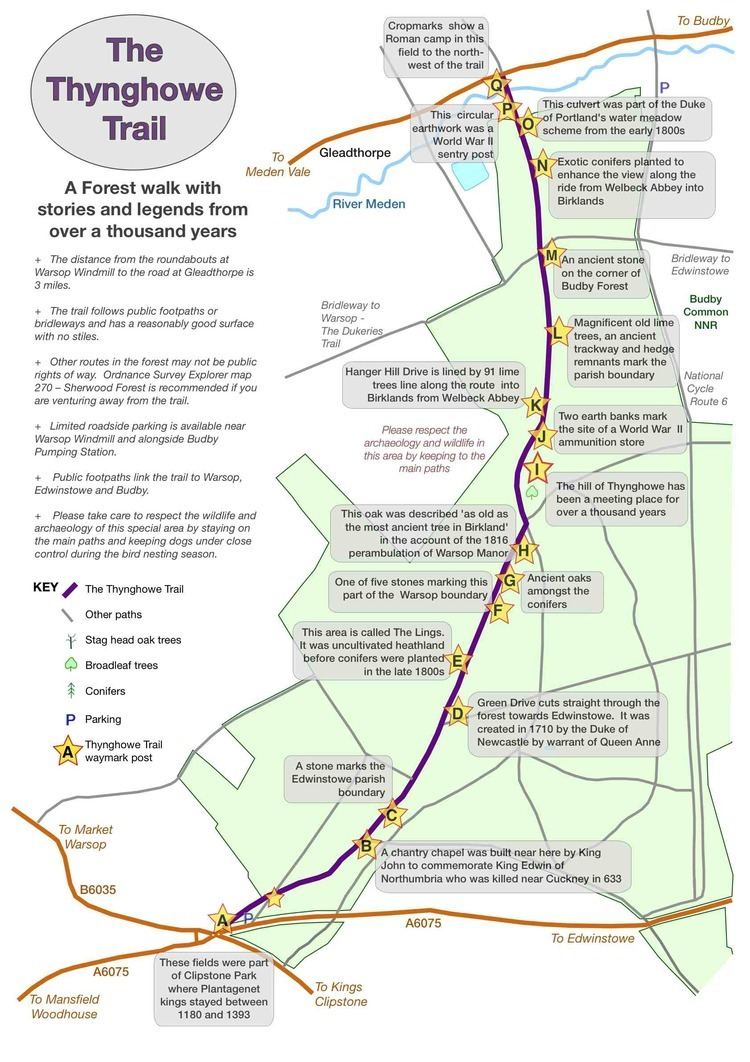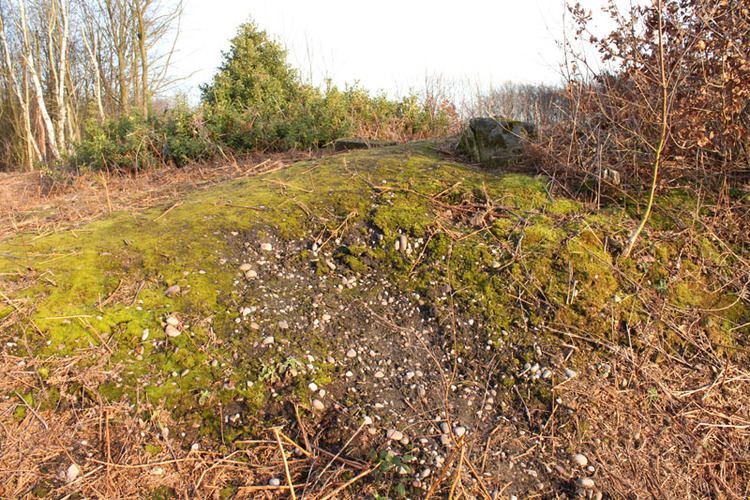 | ||
Similar Sherwood Forest, St Peter and St Paul's Ch, Coronation Chair, Rufford Abbey, Thoresby Hall | ||
Thynghowe viking site sherwood forest survey
Thynghowe was an important Viking Era open-air assembly place or thing, located at Sherwood Forest, in Nottinghamshire, England. It was lost to history until its rediscovery in 2005-6 by the husband and wife team Lynda Mallett and Stuart Reddish, who are local history enthusiasts. As a result of continued research, Thynghowe is now included on the English Historic England Archive.
Contents
- Thynghowe viking site sherwood forest survey
- Thynghowe spring thing 2016 canute 1000
- History
- Etymology
- Related Reading
- References
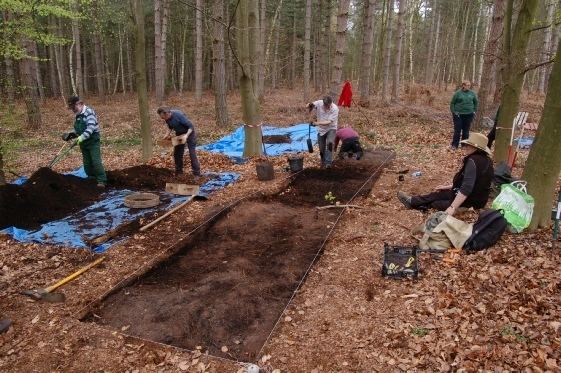
Thynghowe spring thing 2016 canute 1000
History
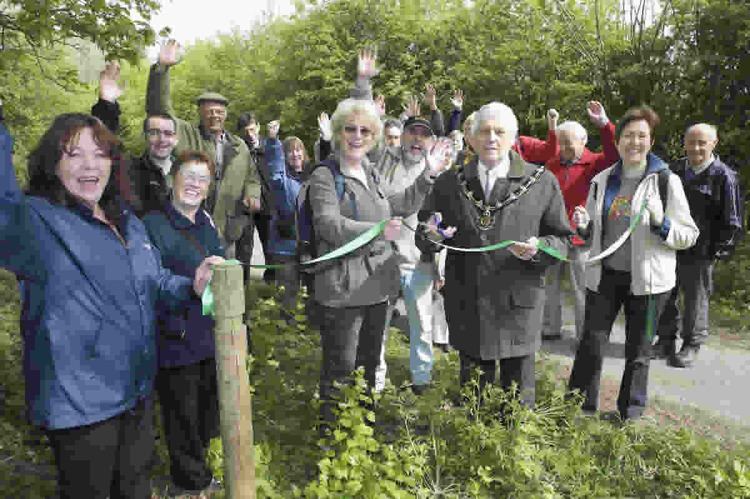
The site lies amidst the old oaks of an area known as the Birklands in Sherwood Forest. Experts believe it may also yield clues as to the boundary of the ancient Anglo Saxon kingdoms of Mercia and Northumbria. English Heritage has recently inspected the site, and has confirmed it was known as "Thynghowe" in 1334 and 1609. It functioned as a place where people came to resolve disputes and settle issues.
Etymology
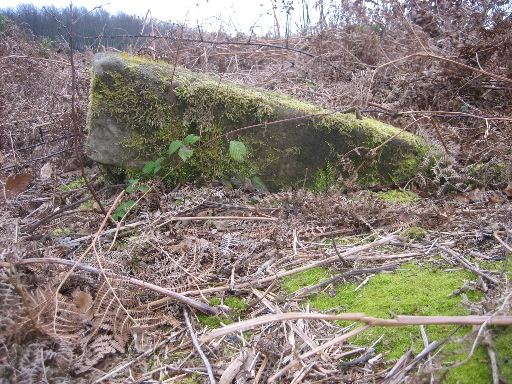
Thynghowe is an Old Norse name, although the site may be older than the Danelaw, perhaps even Bronze Age. The word howe is derived from the Old Norse word haugr meaning mound. This often indicates the presence of a prehistoric burial mound. The thyng or thing (Old Norse, Old English and Icelandic: þing; other modern Scandinavian languages: ting) was historically the governing assembly in Germanic peoples and was introduced into some Celtic societies as well. It was made up of the free people of the community and presided over by lawspeakers.
Related Reading
